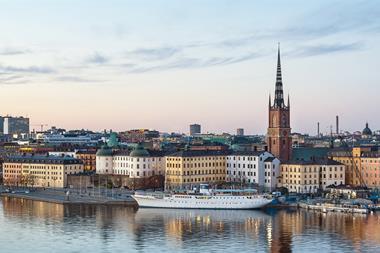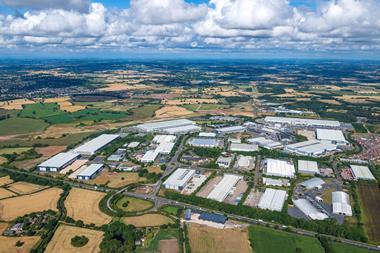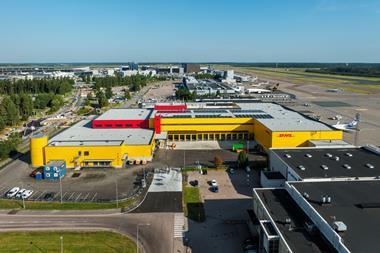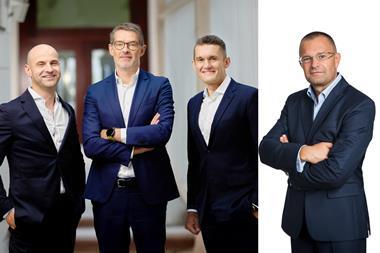The global healthcare real estate sector remains buoyant and is expected to grow despite a challenging economic outlook, according to Knight Frank.
Research from the real estate adviser found investors remain confident in the long-term opportunities presented by the sector, with investment in care related real estate reaching around $38bn (€34.8bn) in the year to June 2023, accounting for 4.3% of total global real estate investments.
The findings come as the global population shifts rapidly towards an ageing demographic, which is anticipated to drive demand for elderly care beds, particularly for full-time nursing care delivered in specialised facilities.
Investors have seized upon this trend, with North American capital contributing almost 68% of the funds deployed in the past year, while France and Belgium attracted the highest levels of cross-border investments, Knight Frank said.
According to its report, private capital emerged as the most active purchaser overall. However, when considering net purchases, cross-border investors, institutions and real estate investment trusts (REITs) were the dominant net buyers. Key players in this market include companies such as Healthcare Realty Trust, Welltower and Aedifica, Knight Frank added.
Asia-Pacific saw acquisitions of operating assets in the senior-living sector reaching a record high in 2022. The most affluent segment of the population in Asia-Pacific are seniors and older professionals aged over 45. According to Knight Frank’s wealth sizing model, the number of high-net-worth Individuals in the region is projected to grow by nearly 80% over the next five years, surpassing the global average of 56.9%.
Knight Frank believes the proportion of seniors within the consumer class is expected to increase rapidly and their role in the economy will become increasingly significant. The market value of Asia Pacific’s ageing population will reach US$4.6trn by 2025, according to the report, creating demand for senior housing in several of the region’s developed markets and opening up investment opportunities.
Acquisitions of operating assets in Asia-Pacific care sectors reached a record high of US$2.8bn in 2022, Knight Frank said.
In the eurozone, the population aged 75 and over is expected to grow by 26% in the next decade and Knight Frank said investors had been “quick to capitalise” on the continent’s rapidly ageing population, with one of this year’s most significant acquisitions in the region involving BNP Paribas REIM purchasing a portfolio in Flanders, valued at €100m.
In the UK, supply of senior living facilities remains low. Increasing wealth within the growing over-65 segment of the population is resulting in more informed housing and lifestyle choices. Yet the delivery of age-appropriate housing for seniors continues to lag potential need. Just 8,000 new seniors housing units were built in 2022 across 145 schemes, Knight frank found.
According to Knight Frank, the North American market has more than 60.7m Americans over age 65, a number that is expected to increase to nearly 70m in five years, reflecting an annual growth rate of 3%. Over the past few years, the American healthcare industry has experienced an average of 8% rate growth across all care types, with some markets reaching more than 10% growth. In addition to rate growth, operators have also been successful in increasing care fees for assisted living and memory care, the report said.
Julian Evans, partner and head of healthcare at Knight Frank, said: “Broad in its coverage, the case for investment in the healthcare sector remains consistent not only across its various subsectors but also across geographic borders. Supported by an ageing population across the globe and shifting demographic trends, the healthcare sector is seeing increased demand for long-term care facilities.
“Furthermore, as private equity, REITs and institutional investors continue to chase the strong, long income generated, there is growing interest in healthcare’s capabilities to aid ESG investing strategies.”
Ryan Richards, associate at Knight Frank, said: “Ageing demographics and a growing need for long-term care facilities prove to be key factors in the interest seen across global healthcare real estate. The supply and demand statistics that follow on from this scenario create a sound case for the sector, whereby we need to see an increase in what is considered fit for purpose or future proofed bed space.”
To read the latest edition of the latest IPE Real Assets magazine click here.


















